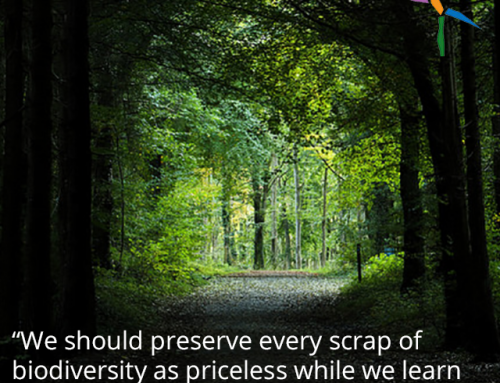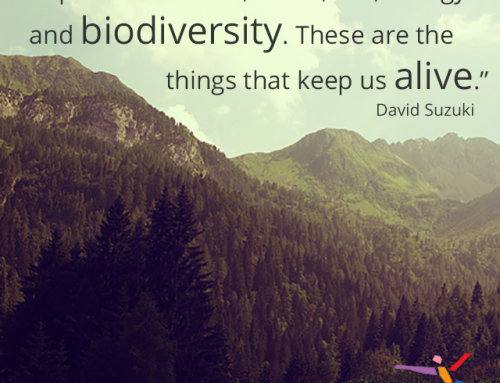During the holidays, little girls everywhere are asking for Barbies as their number one gift. If there are little girls in your life, you may have already heard the name being bandied about as a gift wish. Most of us girls as kids probably had one or lots of them at some point in our lives. But now that we’re older and wiser, it’s time to start thinking more like a grown up about what the environmental impact of Barbies is. After all, they’re made of plastic and encased in a lot of packaging! So what’s behind that pretty face that we should be so concerned about?
Plastic Isn’t Just About Waste
A 3-year study from the California College Of The Arts Design Strategy program recently revealed just how much energy is going into making, packaging, and even use of the dolls. They found that each doll uses the equivalent of about 3.2 cups of oil or about 1.127 watts of energy. To the average person, that might not sound like much, but the fact that Barbies are a $1.5 billion industry in and of themselves goes to show just how ubiquitous they are in the world. Not to mention the fact that most of these dolls eventually get thrown in the trash and just sit in landfills adding to the waste in the world.
Packaging Kills
Speaking of landfills and waste, the packaging that Barbies come in also adds to the piles in the landfills. The many dolls out there means just as much (or even more) packaging that just takes up space. But don’t forget to take into consideration the fact that trees are cut down to make those boxes the Barbies come in. Earlier this summer Greenpeace launched a massive demonstration outside Mattel’s Los Angeles building highlighting their evidence that Barbie’s packaging comes from trees cut down in Indonesian rainforests. Indonesia is a target for paper sourcing because of its abundant, carbon-rich rainforests. Thinning their trees makes a huge impact on increasing carbon emissions worldwide.
It might be tempting to buy the little girl in your life a Barbie out of a sentimental memory of your own childhood, but it’s really just a bad idea if there is any alternative she might like! For something that a little girl plays with for only a few years, it has a negative environmental impact long after we’re gone.
What are your Barbie “alternatives”? Like us on Facebook and tell us about them!





